
##Recognizing Scam Websites: Avoid Scams and Fraud
In a world where technology is constantly evolving, it’s becoming increasingly harder to distinguish between a legitimate website and a fake one. But fear not, because this article is here to guide you through the treacherous waters of the internet.
By juxtaposing the dangers of online scams with the importance of staying vigilant, you’ll learn how to spot red flags and verify the legitimacy of websites.
We’ll also show you how to protect your personal information and provide you with essential cybersecurity tools for website verification.

Through real-life case studies, you’ll gain a deeper understanding of the deceptive tactics employed by fake websites.
So, get ready to arm yourself with knowledge and take control of your online safety. It’s time to outsmart the scammers and surf the web with confidence.
Key Takeaways
- Technology advancements make it difficult to distinguish between legitimate and fake websites.
- Falling victim to online scams and fraud can be avoided by learning how to spot fake websites.
- Identifying red flags on websites is crucial in avoiding online scams.
- Utilize cybersecurity tools and online resources to verify website authenticity and protect against fraud.
Introduction
Are you aware of the need to avoid falling victim to online scams and fraud? Learn how to spot fake websites and protect yourself from becoming the next target.
In today’s digital age, the prevalence of fake and scam websites has become a major concern. Scammers are getting more sophisticated in their techniques, making it harder to distinguish between legitimate and fraudulent websites.

Online scams, such as phishing, have become increasingly common, putting your personal information and financial security at risk. However, there are steps you can take to protect yourself.
By familiarizing yourself with common signs of fake websites, like poor design and suspicious URLs, you can avoid falling into the traps set by scammers.
Additionally, using cybersecurity tools, such as anti-virus software and secure browsing extensions, can further enhance your online safety.
Stay vigilant and stay protected.
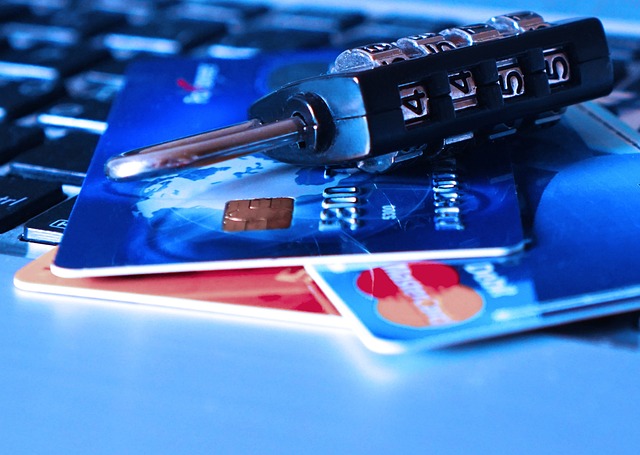
Understanding Fake Websites
In this section, you’ll learn about fake websites, their common types, and how to recognize them.
Fake websites or scam websites are deceptive online platforms designed to trick users into sharing personal information or making fraudulent transactions.
By understanding the common types of online scams and fraud, you can better protect yourself from falling victim to these deceptive practices.
What Are Fake Websites?
Fake websites, with their deceptive intentions, can pose a significant threat to online users seeking to avoid scams and fraud. Recognizing these fake websites is crucial in protecting oneself from falling victim to their schemes.

One way to identify a fake website is through website verification. Trusted platforms provide a seal or badge on websites that have been authenticated, assuring users of their legitimacy.
Additionally, being aware of fake news sites and scam sites lists can help users stay informed about the latest fraudulent websites. These resources compile information about known scam sites and serve as a reference to avoid engaging with them.
By staying vigilant and utilizing these tools, online users can minimize the risk of falling prey to a fraudulent website.
Common Types of Online Scams and Fraud
Beware, dear reader, for the treacherous depths of the internet harbor a multitude of cunning schemes and devious ploys, ready to ensnare unsuspecting victims in their web of deceit and trickery. To avoid online scams and fraud, it is crucial to be adept at recognizing fake websites.

One common type of online scam is phishing, where scammers impersonate legitimate institutions to trick you into revealing personal information.
Another scam is the fake online shopping website, where scammers create attractive sites to lure you into making purchases, only to never deliver the goods.
Additionally, there are fake investment schemes promising high returns, but ultimately swindling you out of your hard-earned money.
Staying vigilant and verifying website authenticity can help protect you from falling prey to these common types of online scams and fraud.

Identifying Red Flags
When it comes to identifying red flags on websites, there are a few key points to keep in mind.
- First, pay attention to the URL and domain name of the website. If it looks suspicious or unfamiliar, it’s best to proceed with caution.
- Second, take note of the website’s design and user experience. If it appears poorly designed or unprofessional, it may be a sign of a fake website.
- Lastly, always ensure that the website has a secure connection with HTTPS. If the connection is unsecure, it’s best to avoid entering any personal information.

Suspicious URLs and Domain Names
Watch out for URLs that look suspicious, as they could be a sign of a potential scam or fraud. One way to identify fake websites is by checking the domain name. Scammers often use domain names that mimic well-known brands or companies, with slight variations or misspellings.
For example, instead of ‘amazon.com,’ they might use ‘amaz0n.com’ or ‘amazoon.com.’ Another red flag is if the domain name includes random numbers or a long string of characters. Legitimate websites usually have simple and easy-to-remember domain names.
Additionally, be cautious of websites that ask for personal information through insecure connections, as this could indicate an attempt to steal your data. If you come across a suspicious URL, it is important to report it to the appropriate authorities or use a fake website list to check if it has already been flagged as fraudulent.
Stay vigilant and protect yourself from online scams by being cautious of suspicious URLs.

Poor Website Design and User Experience
Navigating a poorly designed website can be an exasperating experience. Fake websites that look real often have poor website design and user experience as a tactic to deceive visitors. These fraud websites may have cluttered layouts, inconsistent color schemes, and outdated graphics.
Additionally, they might have broken links, slow loading times, and confusing navigation menus. These design flaws not only make it difficult for users to find the information they need, but also raise suspicions about the legitimacy of the website.
To recognize fake websites, pay attention to the overall design and user experience. Trustworthy websites usually invest in a clean and professional design that enhances user navigation and engagement. If a website appears poorly designed or offers a frustrating user experience, it’s wise to exercise caution and double-check its authenticity before engaging further.
Unsecure Connections and HTTPS
Now that you know how to recognize poor website design and user experience, let’s move on to another important aspect of identifying fake websites: unsecure connections and HTTPS.

When visiting a website, it’s crucial to ensure that the connection is secure to protect your personal information from being compromised. One way to do this is by checking if the website has an SSL certificate. Look for the padlock symbol in the URL bar and make sure the website’s address starts with ‘https://’ instead of ‘http://’.
Additionally, you can use online tools to report phishing websites and perform URL scam checks. These tools can help you identify if a website is legitimate or a fake site created to deceive you.
Remember, knowing how to spot a scam website can protect you from falling victim to online scams and fraud.
Verifying Website Legitimacy
When verifying the legitimacy of a website, there are a few key points to consider.

Firstly, cross-checking official sources is crucial in ensuring the authenticity of a website. This can involve verifying the website’s contact information, checking for certifications or licenses, and confirming their affiliation with reputable organizations.
Additionally, reading reviews and feedback from other users can provide valuable insights into the website’s credibility and reliability.
Cross-Checking Official Sources
To ensure your safety online, it’s crucial to verify the authenticity of a website by cross-checking official sources. One effective way to do this is by examining the website’s URL. Scammers often create fake online shopping websites with URLs that closely resemble legitimate ones. By carefully inspecting the URL for any misspellings or unusual characters, you can identify potential scams.
Additionally, you should report any phishing sites you come across to the appropriate cybersecurity organizations. They have the expertise to investigate and take necessary actions against these fraudulent websites.
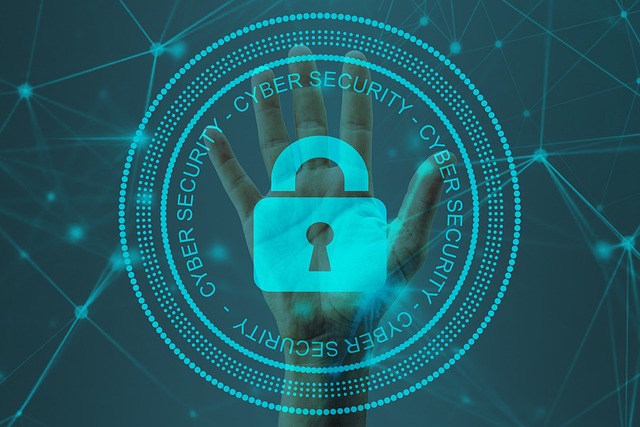
It’s important to remember that official sources, such as the company or organization the website claims to represent, can provide valuable information about its legitimacy. By taking these precautions, you can protect yourself from falling victim to online scams and fraud.
Reading Reviews and Feedback
When reading reviews and feedback, it is important to be wary of the opinions and experiences shared by others. Not all of them may be reliable or trustworthy. To determine the legitimacy of a website, it is crucial to cross-check information from multiple sources.
Reading reviews and feedback can be helpful in gathering insights and gauging other people’s experiences. However, it is crucial to approach them with caution. Some fake scam websites may have fabricated positive reviews to deceive users.
To avoid falling victim to online scams and fraud, consider the overall credibility of the website, the quality and consistency of the reviews, and whether they align with your own gut instinct.

Additionally, conducting a site check legit or scam website search can provide valuable information from official sources to verify the website’s authenticity.
Spotting Phishing Websites
In this section, you’ll learn about:
- The anatomy of phishing websites
- How to recognize phishing emails
- How to spot suspicious links
Understanding the characteristics of phishing websites will help you better protect yourself from online scams and fraud. Recognizing phishing emails and links will help you avoid falling victim to phishing attacks and keep your personal information secure.
The Anatomy of Phishing Websites
Fraudulent websites can be identified by examining the common elements used to deceive visitors, revealing the intricate anatomy of phishing websites.

One common element is the creation of a fake courier company website. Scammers often set up websites that mimic legitimate courier services, tricking unsuspecting users into entering personal information or making payments for non-existent packages.
Another common element is the establishment of a fake payment website. These websites are designed to imitate trusted payment gateways, luring users into entering their financial details, which are then stolen by the scammers.
Additionally, scammers may create a scammer page, which is a fraudulent website that masquerades as a trustworthy entity, such as a bank or an online store.
Lastly, scammers can fake a website by cloning the layout and design of a legitimate website to deceive visitors into thinking they are on a legitimate site.
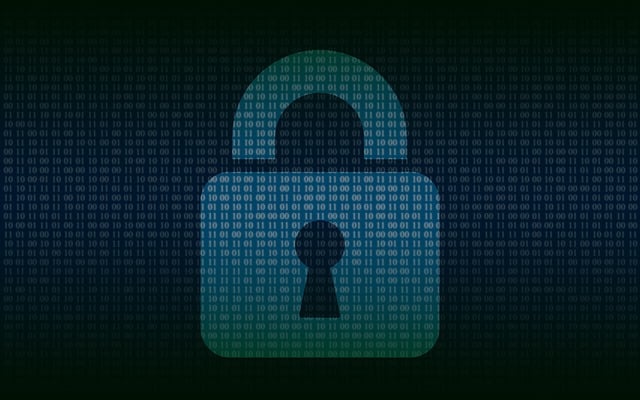
By being aware of these common elements, you can better protect yourself from falling victim to online scams and fraud.
Recognizing Phishing Emails and Links
Identifying phishing emails and links can be achieved by scrutinizing the subtle indicators that hint at their fraudulent nature.
When it comes to recognizing phishing emails, there are a few key signs to watch out for. First, pay attention to the sender’s email address. Scammers often use email addresses that mimic legitimate companies, but upon closer inspection, you may notice slight variations or unusual domain names.
Additionally, be wary of emails that create a sense of urgency or ask for personal information. These are common tactics used by scammers to trick you into revealing sensitive data.

As for recognizing phishing links, it’s important to hover over the hyperlink before clicking it. This will allow you to see the actual URL destination, which may reveal a scam website.
Furthermore, utilizing trust seal providers and URL analysis services can help you verify the legitimacy of links and protect yourself from falling victim to online scams and fraud.
Trust Seals and Certifications
To protect yourself from online scams and fraud, it’s important to understand trust seals and certifications.
Trust seals and icons are symbols displayed on websites to indicate that they have been verified by a trusted third party.
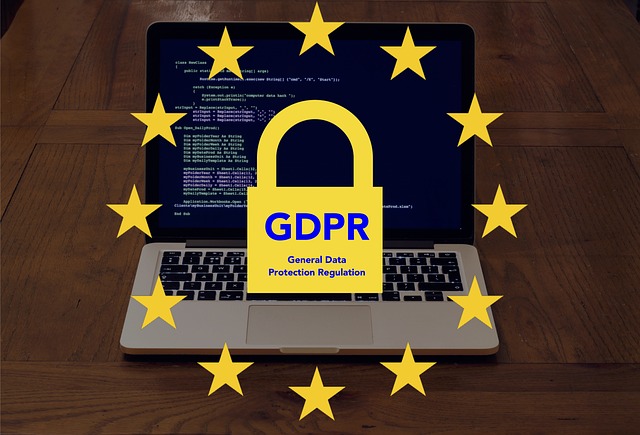
Checking SSL certificates is also crucial as it ensures that the website you are visiting has a secure connection and that your personal information is encrypted.
Understanding Trust Seals and Icons
Recognizing trust seals and icons is crucial for distinguishing legitimate websites from potential scams and fraud. Trust seals are visual representations that provide assurance of a website’s credibility and security. Understanding the different types of trust seals and icons is essential to avoid falling victim to online scams and fraud.
To identify trustworthy websites, look for trust seals from reputable organizations like VeriSign, McAfee, or the Better Business Bureau. These seals indicate that the website has undergone thorough verification and meets specific security standards. SSL certificates are also important to check for, as they ensure that your personal information is encrypted and protected.
To further protect yourself, consider using a scam URL checker before entering sensitive data. It’s important to stay vigilant and cautious, as credit card scammer websites often use fake trust seals to deceive unsuspecting users. Remember, trust seals and icons are only meaningful if they are issued by legitimate SSL certificate authorities.
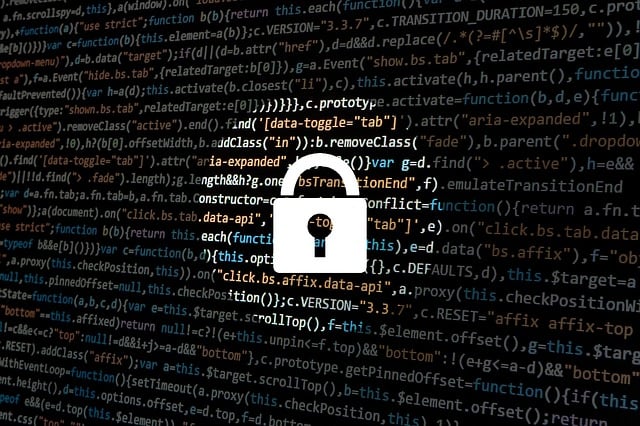
Checking SSL Certificates
Ensuring your safety online requires a thorough understanding of SSL certificates and their role in protecting your personal information.
SSL (Secure Sockets Layer) certificates establish encrypted connections between your web browser and the website you are visiting.
By checking the SSL certificate of a website, you can verify its authenticity and ensure that your data is transmitted securely.
To do this, look for the padlock icon in your browser’s address bar. When you click on the padlock, it should display the website’s SSL certificate information, including the certificate authority that issued it.

Make sure the website’s domain matches the information on the certificate. Additionally, check the certificate’s validity period to ensure it has not expired.
By carefully examining SSL certificates, you can avoid fake websites and protect yourself from online scams and fraud.
Avoiding Fake E-Commerce Sites
When it comes to avoiding fake e-commerce sites, it’s important to practice secure online shopping practices. This means being cautious about sharing personal information and using secure websites with HTTPS encryption.
Additionally, it’s crucial to validate payment methods before making any purchases to ensure that your financial information is safe and protected.

Secure Online Shopping Practices
To have a worry-free online shopping experience, make sure you stick to trusted websites and always use secure payment methods.
When shopping online, it’s important to verify the authenticity of the website you’re using. Look for signs of a secure website, such as a padlock icon in the address bar or a URL that starts with ‘https.’
Avoid clicking on suspicious links or pop-up ads, as they may lead you to fake websites designed to steal your personal information.
Additionally, be cautious when providing your payment details. Stick to reputable payment methods like PayPal or credit cards, which offer buyer protection.

Never share your sensitive information, such as your social security number or passwords, with any online retailer.
By following these secure online shopping practices, you can protect yourself from scams and fraud while enjoying the convenience of online shopping.
Validating Payment Methods
Validating payment methods is crucial before making an online purchase. There are a few key factors to consider.
First, look for well-known and established payment gateways such as PayPal, Stripe, or Square. These companies have a strong reputation for providing secure and reliable payment services.

Additionally, check if the website has SSL (Secure Sockets Layer) encryption. This indicates that your personal information will be encrypted and protected during the transaction process.
Another important aspect is to review customer feedback and ratings for the website and payment method. This can give you insights into other customers’ experiences and help you determine if the payment method is trustworthy.
By validating payment methods, you can minimize the risk of falling victim to online scams and fraud.
Reporting and Reporting Fake Websites
If you come across a suspected fake website, it’s important to report it to the appropriate authorities. By reporting these websites, you can help prevent others from falling victim to online scams and fraud.

Additionally, you can assist others in identifying scams by sharing your experiences and knowledge with them.
Reporting Suspected Fake Websites
When spotting a suspected fake website, you must take immediate action and report it to the relevant authorities and organizations. Reporting these websites is crucial to protect yourself and others from online scams and fraud.
Start by contacting your local law enforcement agency and providing them with all the necessary details about the website. They will be able to investigate further and take appropriate action.
Additionally, you should notify the Federal Trade Commission (FTC) through their website or by calling their toll-free number. The FTC works to prevent fraudulent activities and can provide valuable resources and guidance.
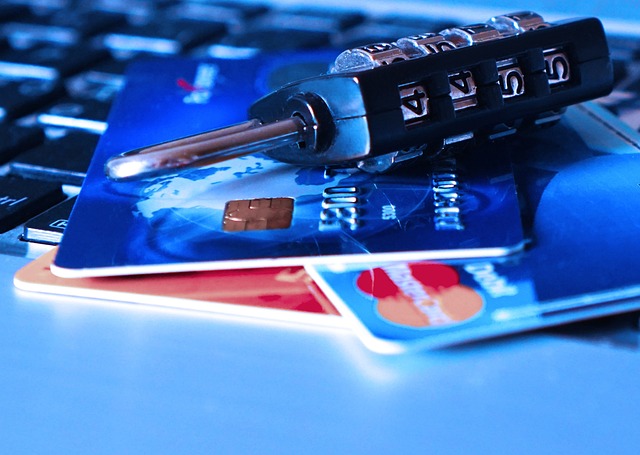
It is also important to report the website to the Internet Crime Complaint Center (IC3), which is a partnership between the FBI and the National White Collar Crime Center.
By reporting suspected fake websites, you contribute to making the internet a safer place for everyone.
Assisting Others in Identifying Scams
Help others protect themselves by becoming an expert at spotting the telltale signs of scams and sharing your knowledge. Assisting others in identifying scams is crucial in the fight against online fraud.
Start by educating yourself about common red flags, such as poor website design, spelling and grammar errors, and suspicious payment methods. Stay informed about the latest scam techniques and share this information with your friends, family, and social media networks.

Encourage them to be cautious and verify the legitimacy of websites before making any financial transactions. Additionally, support online communities by reporting suspected fake websites to the appropriate authorities.
By working together and spreading awareness, we can help prevent others from falling victim to scams and protect the online community from fraud.
Educating Others about Fake Websites
If you want to help promote online safety awareness, one way you can do it is by educating others about fake websites. By spreading information about how to recognize and avoid scams and fraud online, you can help protect others from falling victim to these deceptive websites.
Another way to raise awareness is by actively participating in online communities and forums, where you can share your knowledge and experiences to help others stay safe online.

Promoting Online Safety Awareness
Promoting online safety awareness is crucial in protecting yourself and others from scams and fraud on the internet. There are several effective ways to spread this awareness:
- Educate your family, friends, and colleagues about the importance of recognizing fake websites. Teach them to identify signs of suspicious URLs, poor website design, and spelling mistakes. Encourage them to verify the authenticity of websites by checking for secure connections (https) and reading reviews or feedback from other users.
- Share informative articles, videos, or infographics on social media platforms to reach a wider audience. By utilizing these platforms, you can raise awareness about online safety and provide valuable tips and strategies.
- Consider organizing workshops or webinars to provide practical guidance on staying safe online. These events can be an opportunity to engage with others and offer hands-on advice for protecting themselves from online scams.

By taking these steps, you can play a significant role in preventing online scams and protecting others from falling into the traps of fraudulent websites.
Raising Awareness in Online Communities and Forums
Engage with online communities and forums to raise awareness and protect yourself and others from internet dangers. Actively participate by sharing your knowledge and experiences on recognizing fake websites and online scams. Start discussions and share tips on identifying red flags, such as suspicious URLs, poor website design, and unrealistic offers.
Encourage others to verify website legitimacy before sharing personal information or making financial transactions. Additionally, report any suspicious websites or scams to relevant authorities or community moderators. Together, we can build a stronger, informed online community.
Stay informed, share your knowledge, and help keep online communities scam-free.

Protecting Personal Information
When it comes to protecting your personal information online, it’s crucial to be cautious with your account credentials.
Always make sure to use strong and unique passwords for each of your accounts, and be wary of phishing attempts that try to trick you into giving away your login information.
Additionally, prioritize privacy and data protection by regularly reviewing your privacy settings on social media platforms and being cautious about sharing sensitive information online.
Being Cautious with Account Credentials
To stay safe online, it’s important to be cautious with your account credentials and avoid entering them on suspicious websites. Fake websites are designed to steal your personal information, including your login details. These scammers often create websites that look legitimate, using logos and designs similar to those of trusted companies.

They may even send you phishing emails pretending to be from reputable sources, asking you to log in to their fake websites. However, entering your account credentials on these websites can lead to identity theft and financial loss.
Always double-check the website’s URL and look for secure indicators like a padlock icon before entering any login details. It’s better to be safe than sorry when it comes to protecting your personal information online.
Privacy and Data Protection
Now that you understand the importance of being cautious with your account credentials, let’s delve into another crucial aspect of online safety: privacy and data protection.
In today’s digital age, it is essential to recognize the risks associated with sharing personal information online. Fake websites and online scams are prevalent, making it crucial to take necessary precautions to avoid falling victim to fraud.

By understanding how your personal information is handled, you can better protect yourself from potential harm. It is vital to be aware of the websites you visit, ensuring they are secure and trustworthy.
Additionally, always be cautious when sharing sensitive information online and only provide it to reputable sources. Taking these measures will help safeguard your privacy and protect your data from falling into the wrong hands.
Cybersecurity Tools for Website Verification
To ensure your online safety and protect your personal information, it’s crucial to utilize cybersecurity tools for website verification. One such tool is URL analysis. This tool allows you to assess the legitimacy of a website by analyzing its URL for any suspicious or fraudulent elements.
Additionally, browser extensions for security provide an added layer of protection. These extensions alert you to potential risks and block malicious websites. By utilizing these tools, you can confidently navigate the online world while staying protected from scams and fraud.

Utilizing URL Analysis Tools
Utilizing URL analysis tools can be a real eye-opener. These tools allow you to dig deeper into a website’s reputation and uncover any hidden threats or fraudulent activities. By analyzing the URL, you can gain valuable insights into the website’s authenticity, trustworthiness, and potential risks.
These tools check for indicators of phishing attempts, malware distribution, or other malicious activities associated with the URL. They can also provide information on the website’s age, ownership, and location, helping you assess its legitimacy.
Furthermore, URL analysis tools often leverage databases of known malicious websites, comparing the URL against these lists to identify any red flags. By utilizing these tools, you can stay one step ahead, protecting yourself from online scams and fraud.
Browser Extensions for Security
Enhance your browser security with browser extensions that provide advanced protection against deceptive websites. These extensions act as an extra layer of defense, offering real-time analysis and warnings for potentially harmful sites. They scan the URLs and web pages you visit, comparing them against a database of known phishing and scam sites. If a match is found, a warning message will appear, alerting you to the potential threat.
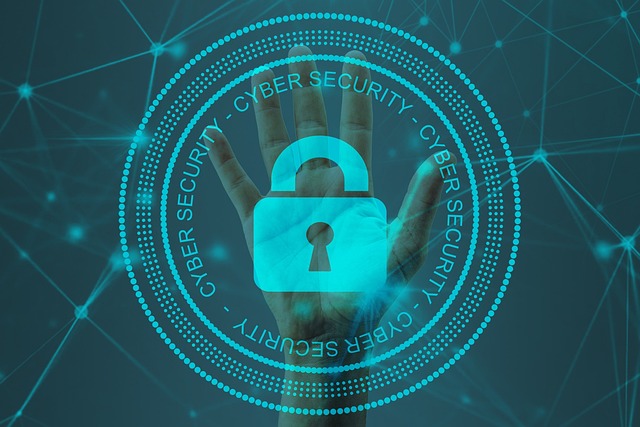
In addition to this, some extensions offer additional features. These include blocking pop-ups and ads, disabling tracking cookies, and providing secure browsing options. By utilizing these browser extensions, you can significantly reduce the risk of falling victim to online scams and fraud. This ensures a safer browsing experience overall.
Dealing with Fake Websites: Case Studies
In this section of the article, you will explore two key points related to dealing with fake websites: high-profile scams and fraudulent websites, as well as success stories in detecting and avoiding them.
You will discover the tactics used in popular scams and learn about real-life cases where individuals successfully identified and avoided fake websites.
By examining these case studies, you will gain valuable insights into the techniques employed by scammers and how to protect yourself online.

High-Profile Scams and Fraudulent Websites
Beware of the web of high-profile scams and fraudulent websites, as they can cloak themselves in a deceptive guise, leaving unsuspecting victims tangled in their deceitful traps.
One prominent example is the infamous Nigerian Prince scam, where individuals receive emails claiming to be from a wealthy Nigerian prince seeking assistance in transferring funds. These emails often appear legitimate, but they are nothing more than a ploy to extract money from unsuspecting victims.
Another well-known scam is the fake online shopping website, where scammers create professional-looking sites offering unbelievable deals on popular products. However, once you make a purchase, you never receive the item, and your personal information may be compromised.
Additionally, fraudulent websites can imitate well-known brands, tricking users into entering their login credentials or financial details.

Stay vigilant and always double-check the legitimacy of websites before sharing any personal information or making any financial transactions.
Success Stories in Detecting and Avoiding Fake Websites
Now that you’re aware of the high-profile scams and fraudulent websites out there, let’s hear some success stories in detecting and avoiding these fake websites. Learning from others’ experiences can help you better protect yourself online.
One success story involves a user who received an email claiming to be from their bank, asking for personal information. Instead of clicking on any links, they independently contacted their bank and confirmed that the email was indeed a scam.
Another success story involves a user who noticed a website selling designer goods at unbelievably low prices. They did their research, read reviews, and found out that the website was a fake.
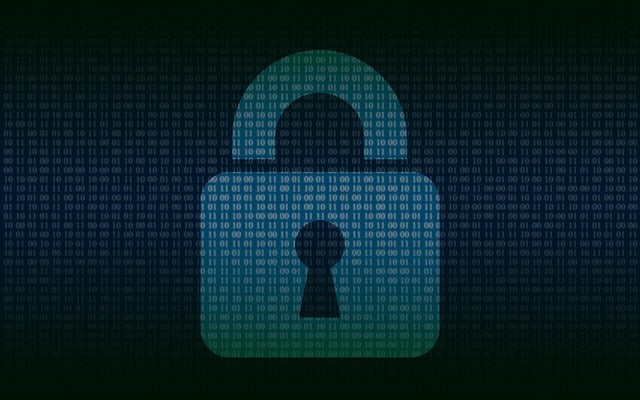
By sharing these success stories, we hope to empower you to stay one step ahead of scammers and fraudsters. Stay vigilant and follow best practices to keep yourself safe online.
Recap
To recap, it is important to always trust your instincts when browsing the web and keep an eye out for any suspicious red flags.
Online scams and fraud can be avoided by following a few simple guidelines. First, make sure to verify the authenticity of a website by checking for secure connections, such as an ‘https’ in the URL and a padlock icon.
Second, be cautious of websites that ask for personal or financial information, especially if they seem overly insistent or urgent.

Third, it is advisable to look for reviews or feedback from other users to gauge the credibility of a website.
Ans also, it is crucial to be wary of deals that seem too good to be true, as they often turn out to be scams.
By staying vigilant and practicing cautious online behavior, you can protect yourself from falling victim to fake websites and online scams.
Frequently Asked Questions
What are some common signs of a phishing website or a scam website?
One common sign of a phishing website is a suspicious URL that may contain misspellings or additional characters. However, it’s important to keep in mind that scammers are constantly evolving their tactics to appear more legitimate.
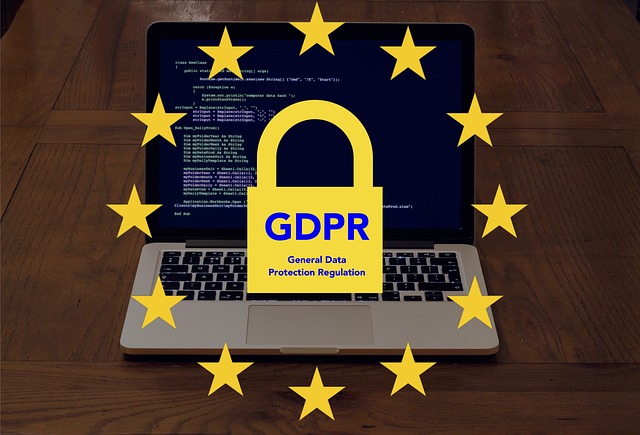
How can I protect my personal information when browsing online?
To protect your personal information while browsing online, be cautious of sharing sensitive data, such as your social security number or credit card details. Use secure websites with HTTPS and keep your devices and software updated to prevent vulnerabilities.
Are there any specific tools or software that can help verify the legitimacy of a website?
To verify a website’s legitimacy, try using tools like Norton Safe Web, which acts like a trusty detective, scanning for any signs of danger or deception. Stay safe online!
What should I do if I come across a fake e-commerce site?
If you come across a fake e-commerce site, immediately stop any transactions or sharing personal information. Report it to the authorities and the website’s hosting provider. Warn others about the site to prevent further scams.
Can you provide any real-life examples of people falling victim to fake websites and the consequences they faced?
People have fallen victim to fake websites, resulting in financial loss and identity theft. For example, a person bought a product from a fake site, never received it, and had their credit card information stolen.
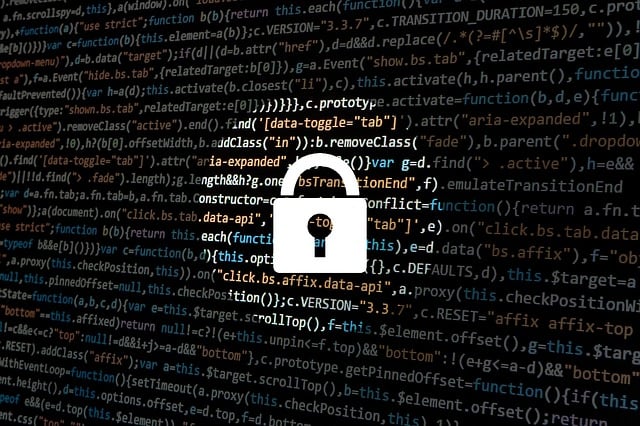
Conclusion
So there you have it, dear reader. After immersing yourself in the world of fake websites and learning how to spot the red flags, you’re now equipped to navigate the treacherous waters of the internet.
Remember, it’s all too easy to fall victim to scams and fraud, but armed with your newfound knowledge, you can stay one step ahead.
Trust no one, trust nothing. And remember, if something seems too good to be true, it probably is.
Happy surfing, my wary friend!

You might also like to read on these cybersecurity articles on Get Hitch
Understanding Two-Factor Authentication: Adding an Extra Layer of Security
The Importance of Software Updates: Enhancing Security and Preventing Exploits








